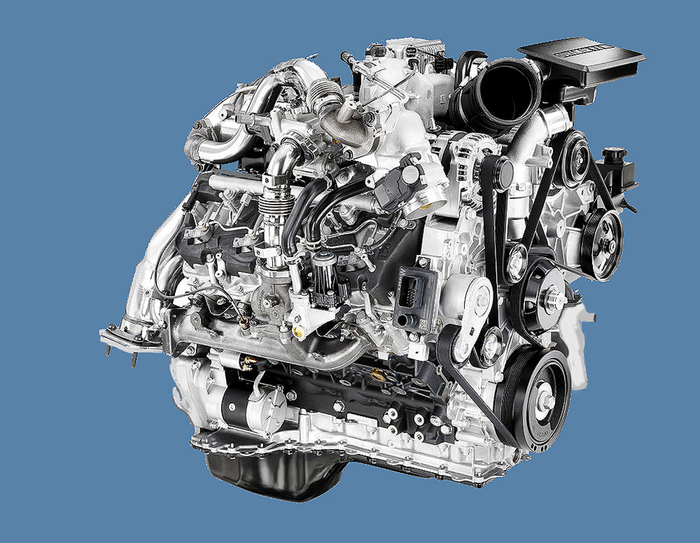Starting from Turin, and more precisely from the Dumarey Group, previously known as the Punch Group, a high-tech plan to 'save' the large 6.6-litre V8 diesel engines of the Duramax series (used by many General Motors heavy pick-ups ) otherwise destined to disappear from the scene.
As was shown at the recent Vehicle & Transportation Meeting (Vtm) event which took place in the Piedmontese capital, Dumarey is in fact engaged in the development of a hydrogen-powered variant of the 6.6-litre Duramax V8, the flagship engine in a range of hydrogen engines whose project had already started during the Punch management. This family of very modern internal combustion engines - according to Dumarey - also includes a 2.0-litre inline 4-cylinder and a 3.0-litre V6, others which, together with the 6.6-litre V8, will cover a range of power between approximately 110 HP and 540 HP.
Based on this project commissioned by GM (but which is also arousing interest from other large manufacturers) Dumarey predicts a very lively market for internal combustion engines - large and powerful - that burn hydrogen.
In detail, turbodiesels - which will no longer be practicable with the arrival of increasingly binding regulations - if powered by hydrogen represent a valid alternative to 100% electric vehicles.
An internal combustion engine that burns hydrogen - Dumarey recalls - is very different from a fuel cell powered by hydrogen. While a fuel cell relies on a chemical reaction to generate electricity and power an electric motor - with complications arising from the bulk and weight of the system - a hydrogen-burning Ice generates energy through the combustion of hydrogen no different from a fuel cell engine. petrol or diesel.
According to the Turin group - born from the rebranding of Punch which in turn originated from the GM Propulsion Engineering Center - the biggest challenge for converting a turbodiesel to hydrogen is the fact that gas burns seven times faster than diesel, That is, it determines much higher temperatures inside the combustion chamber. Water injection can be used to lower temperatures in an application like this, however this can lead to corrosion of the block and other metal components. A hydrogen internal combustion engine also needs a more robust lubrication system, as these engines tend to be 'very dry'.
Reproduction reserved © Copyright ANSA

